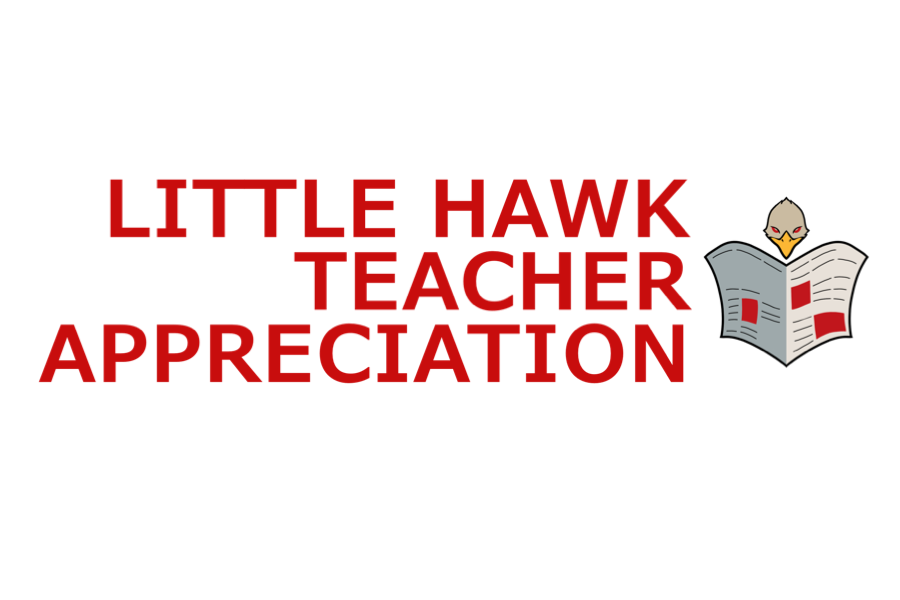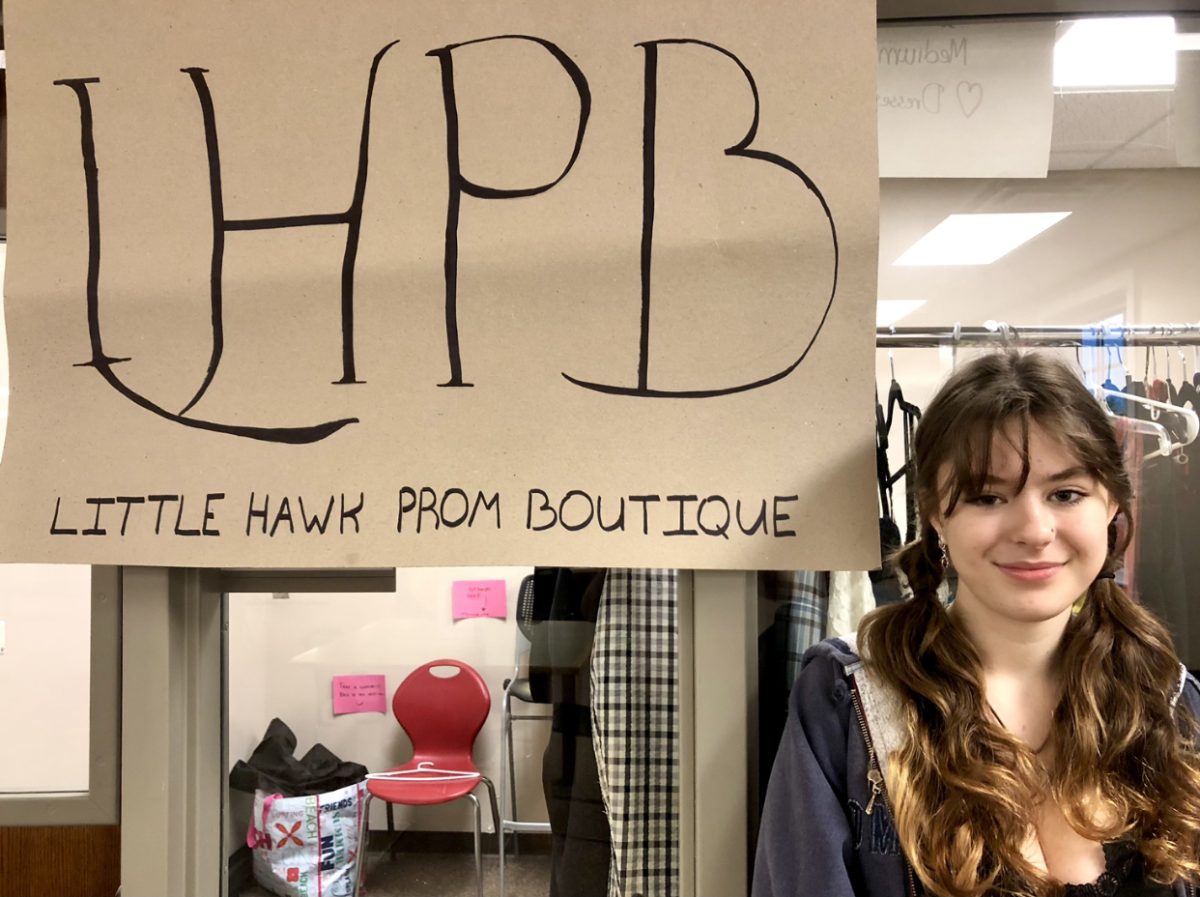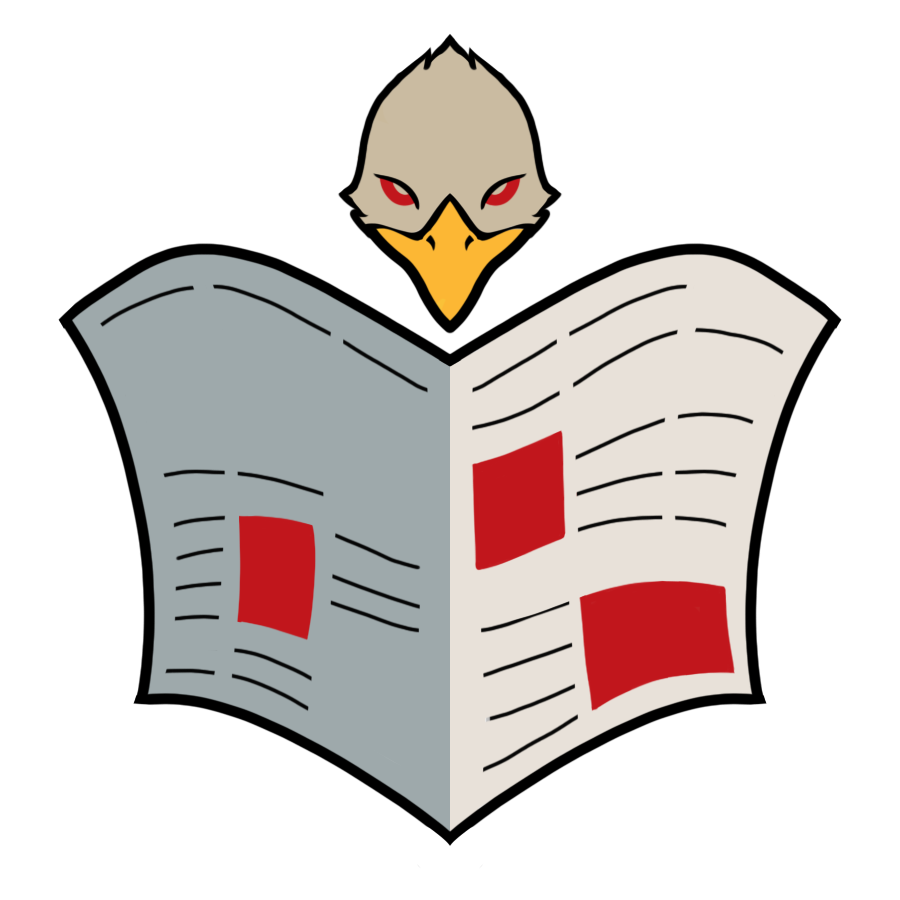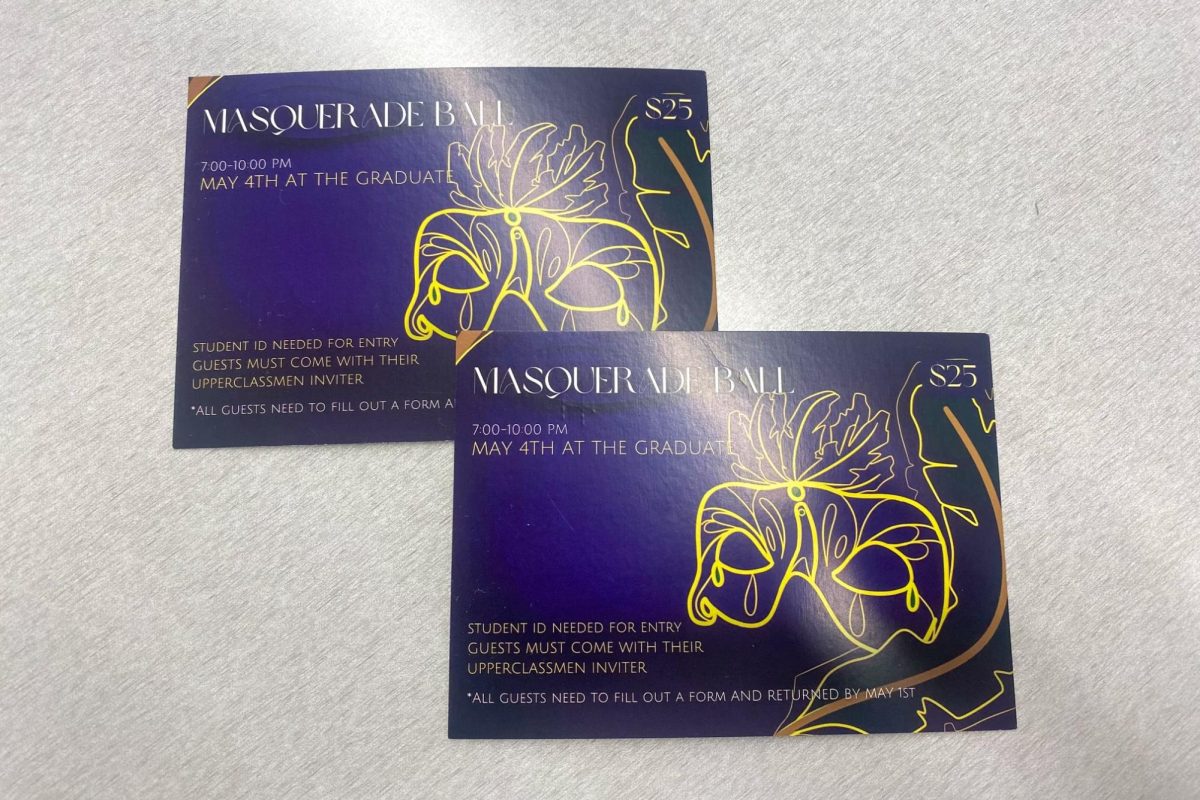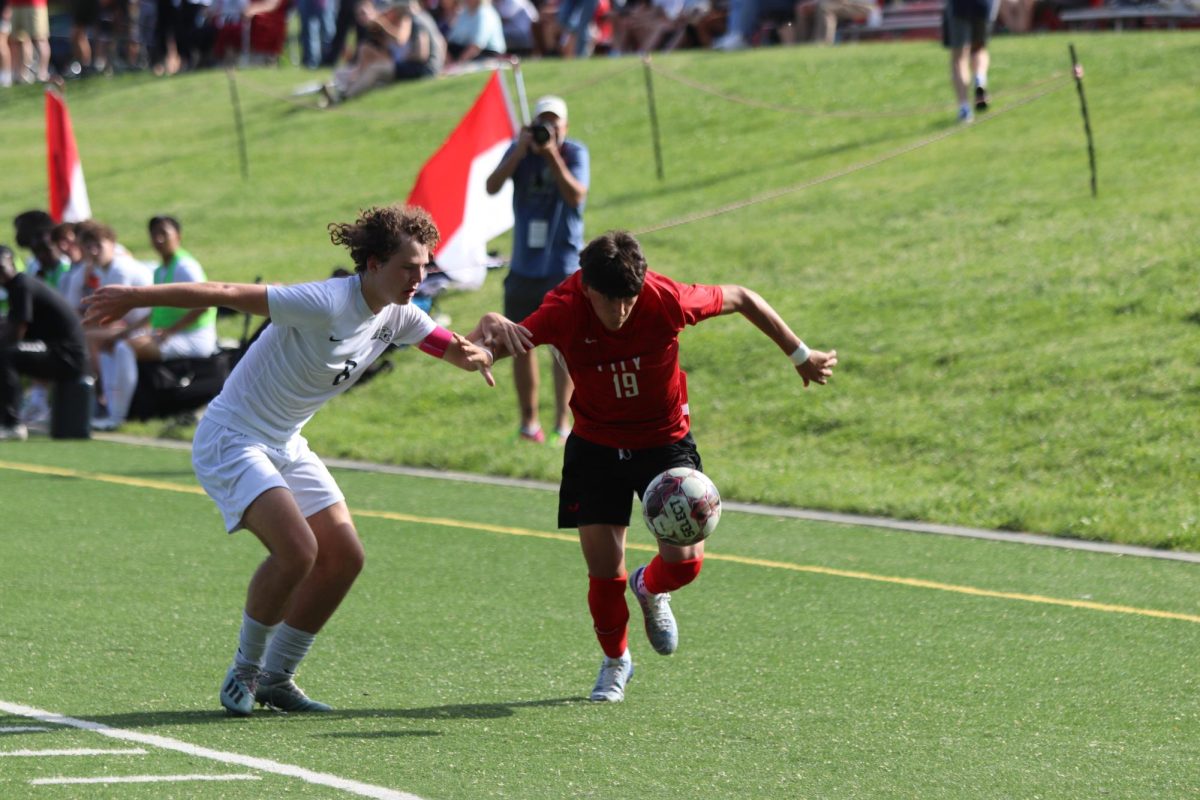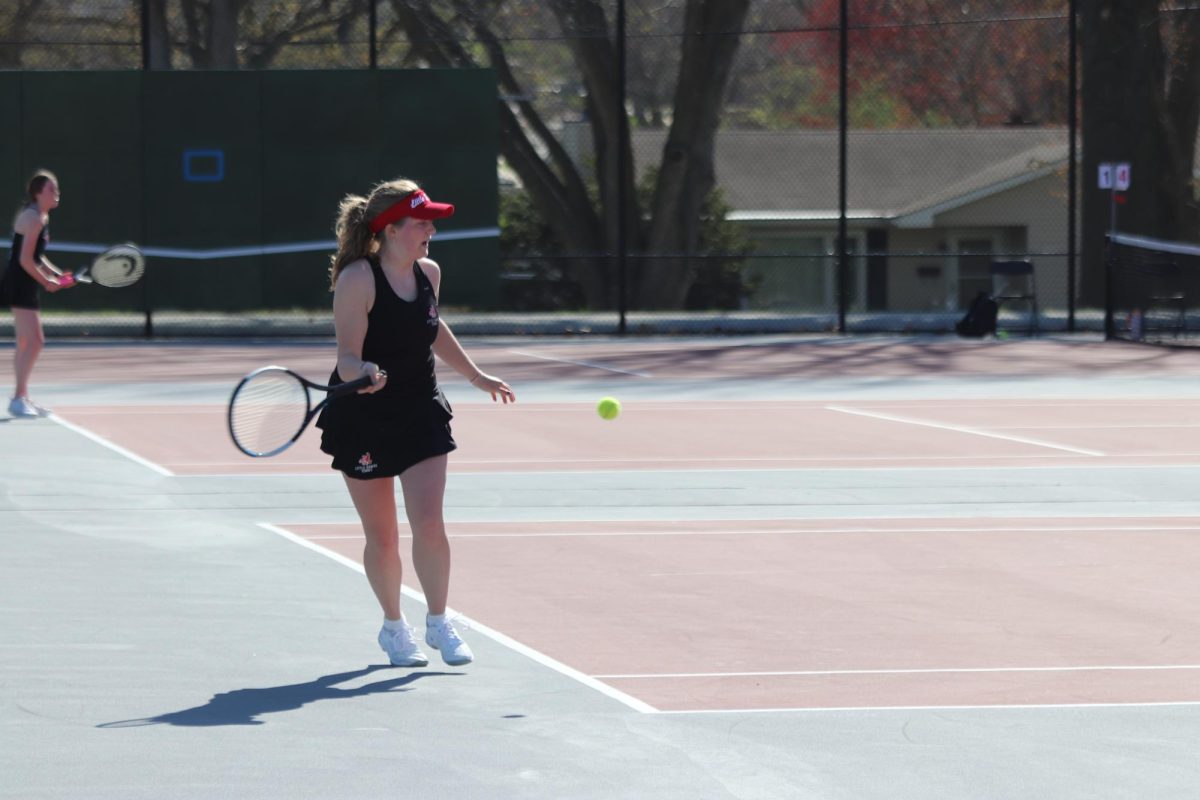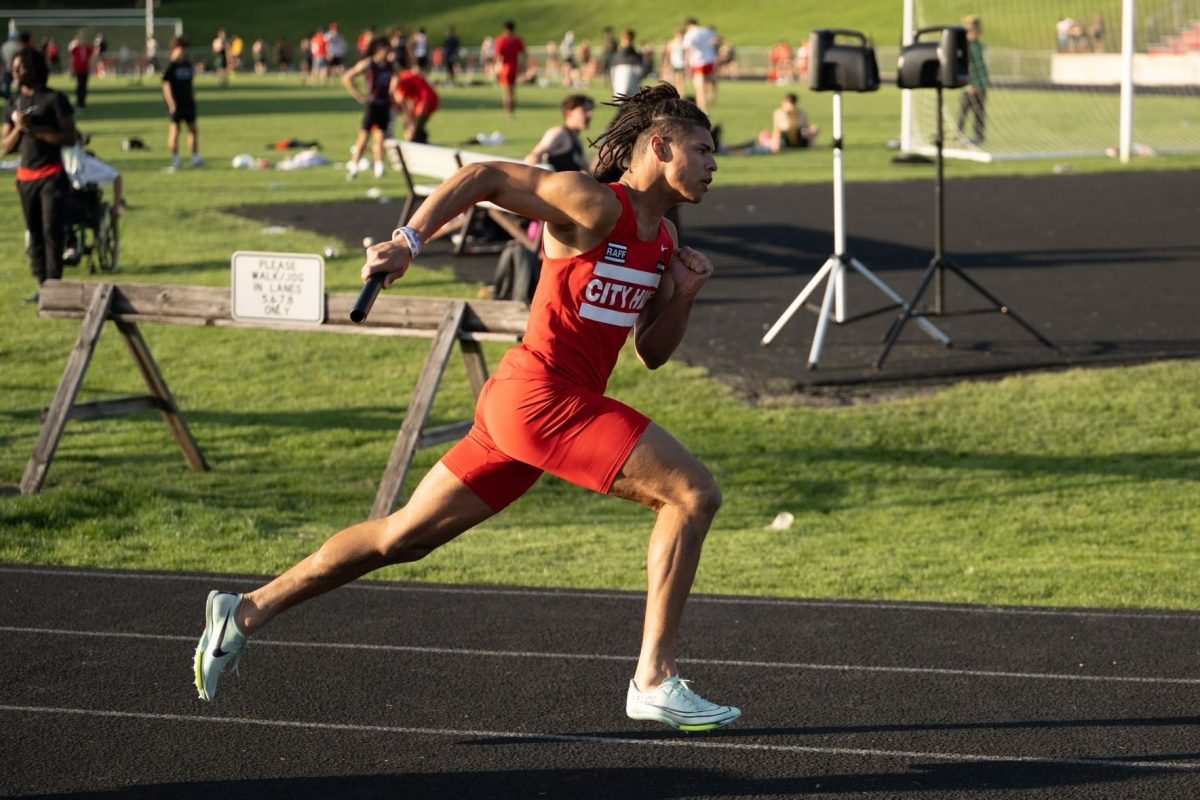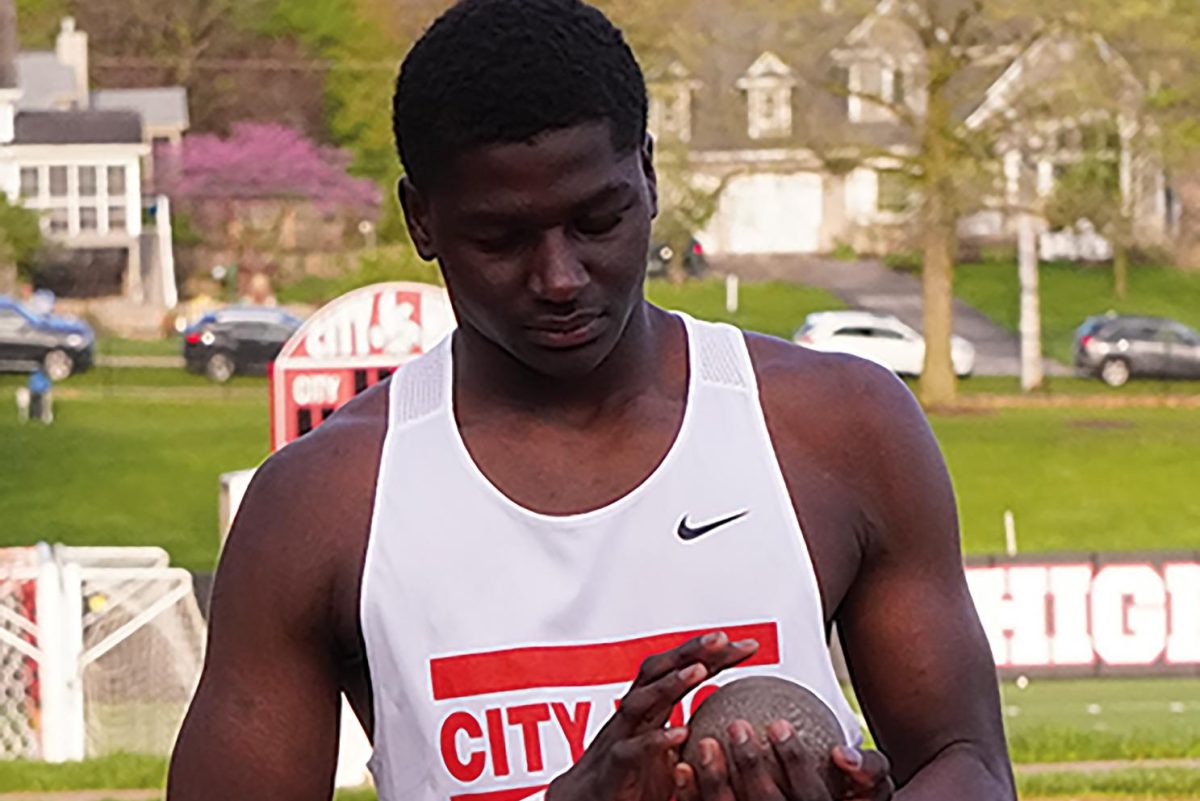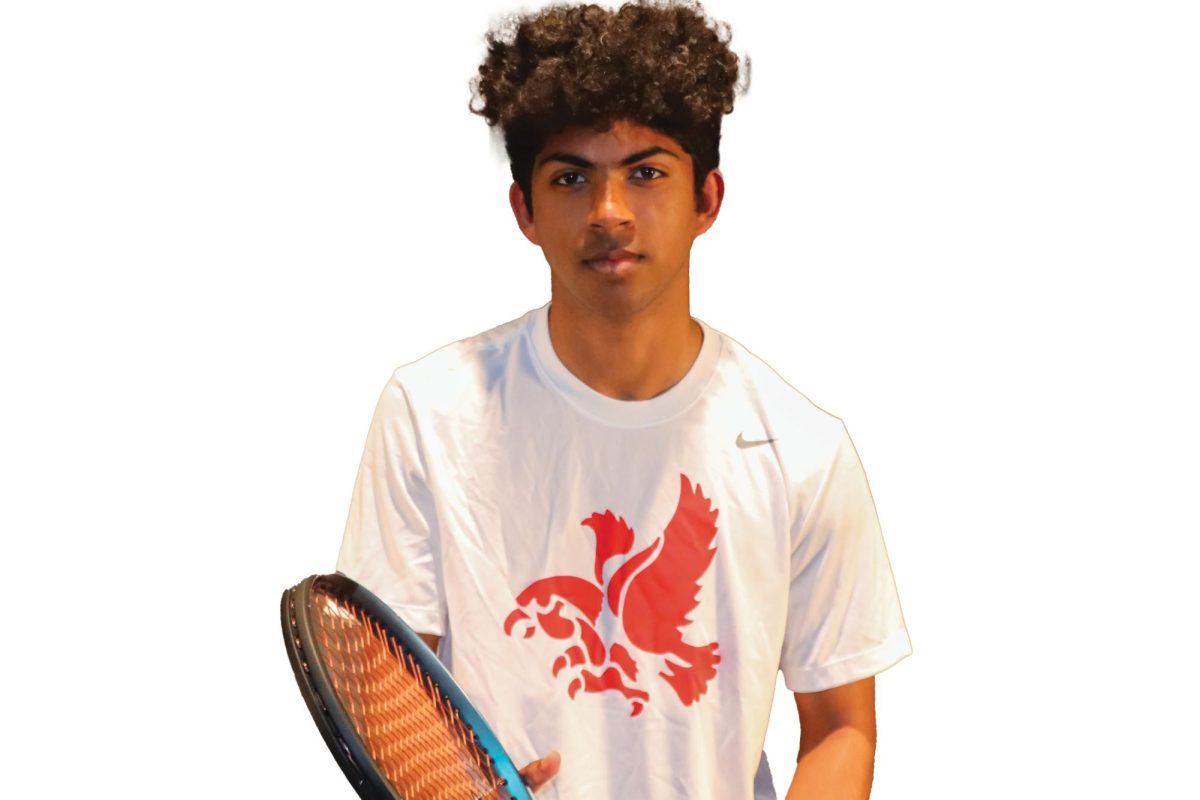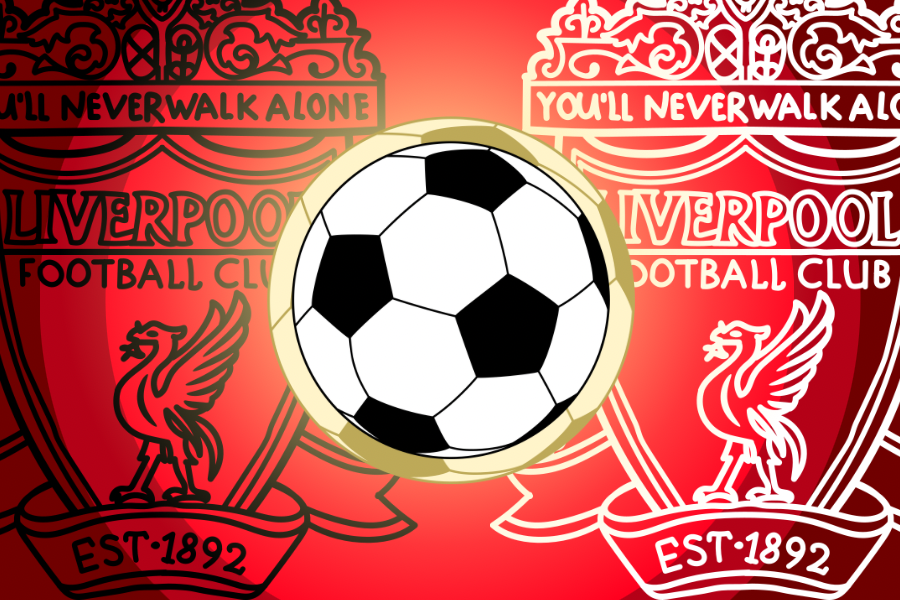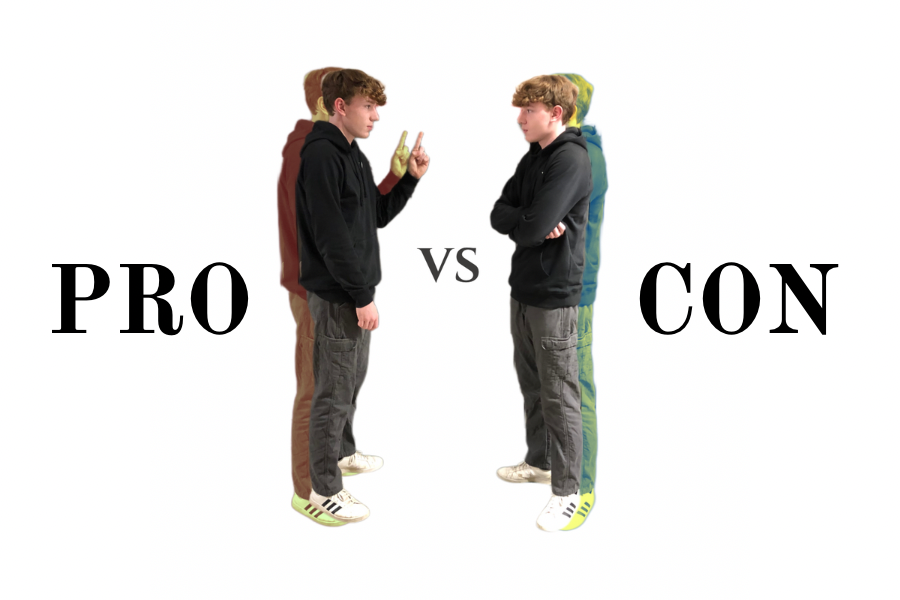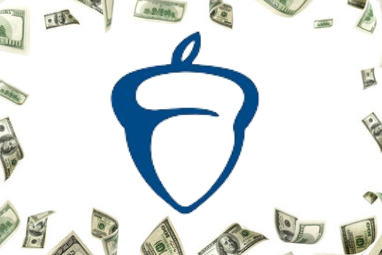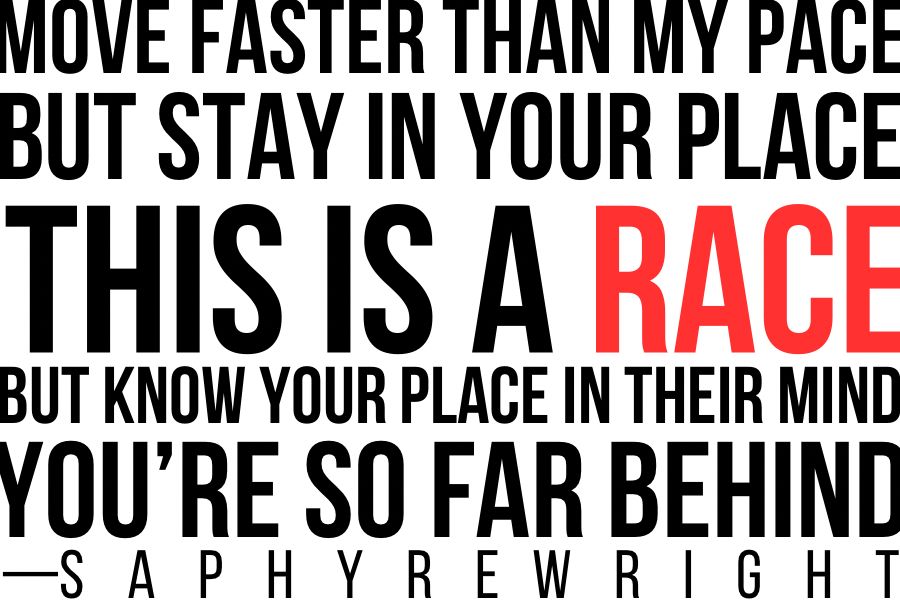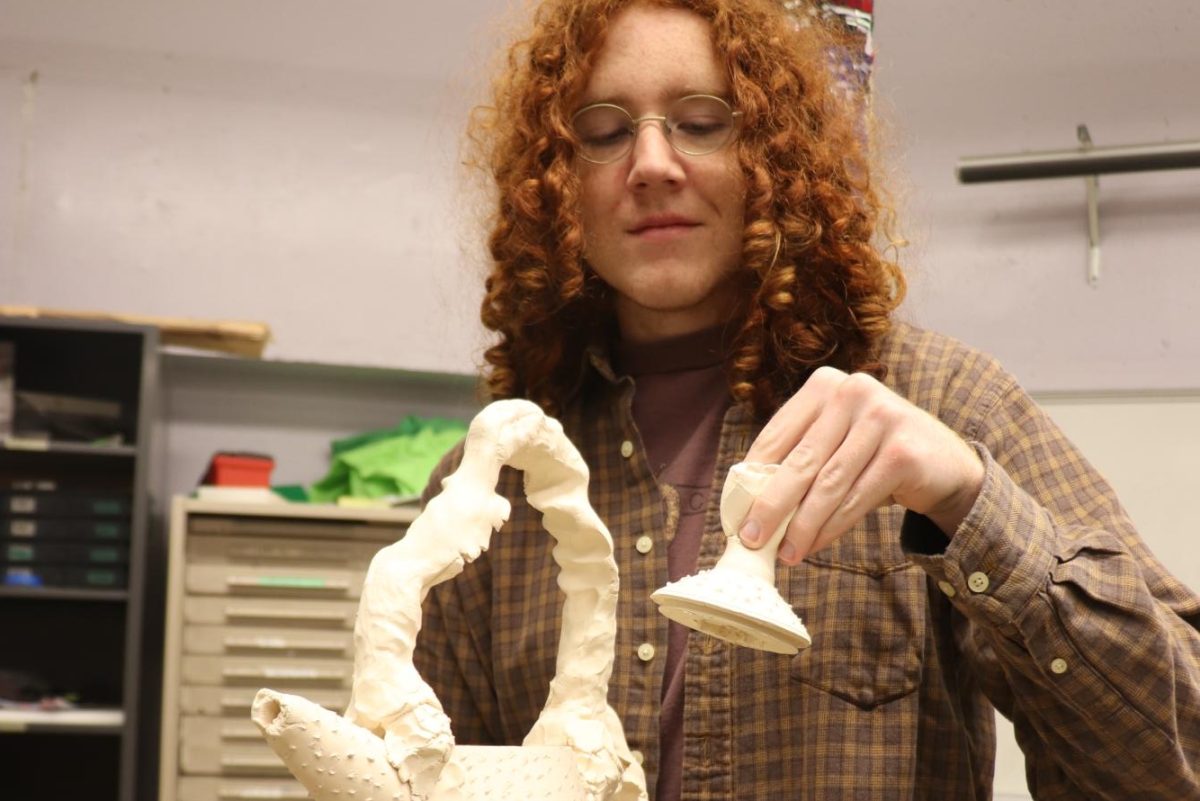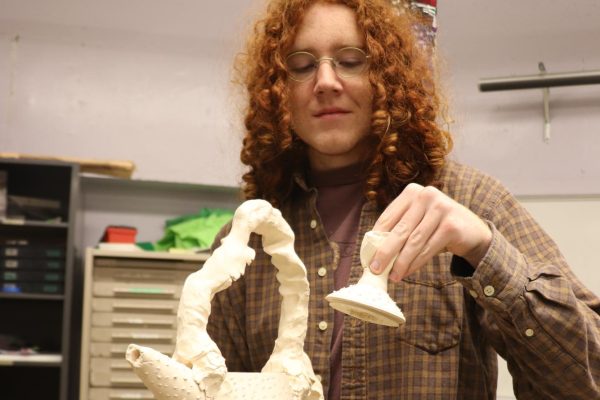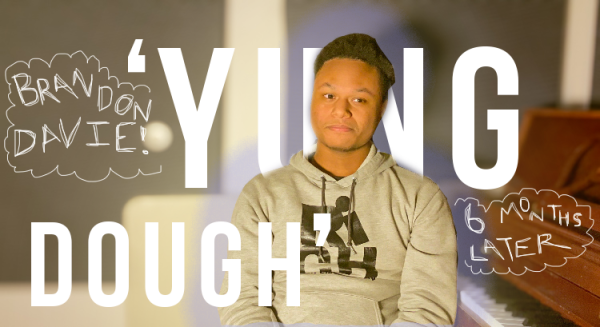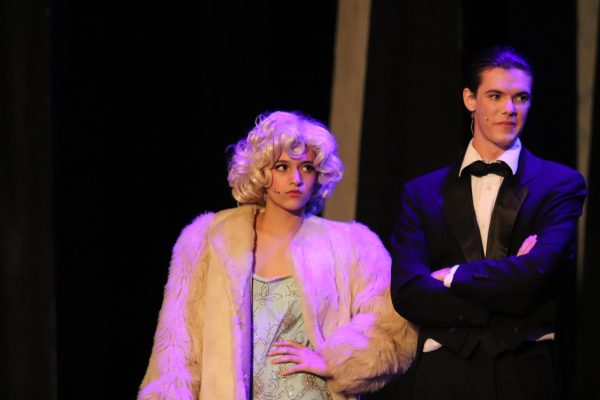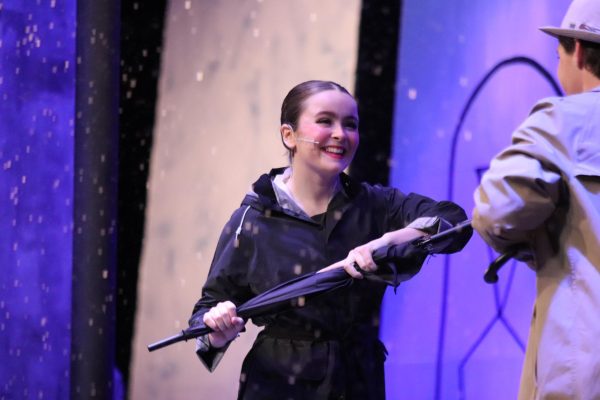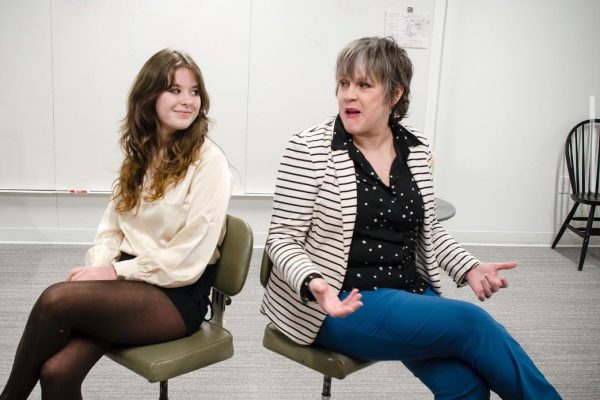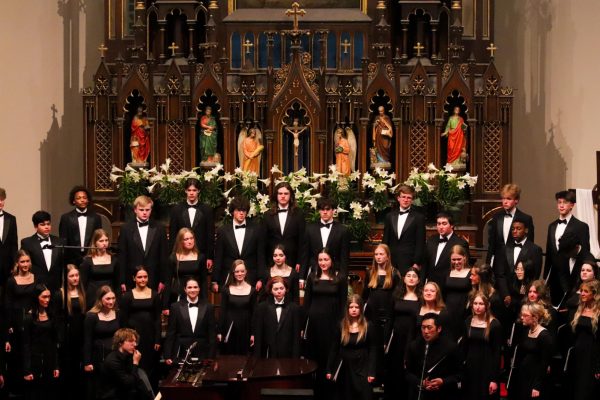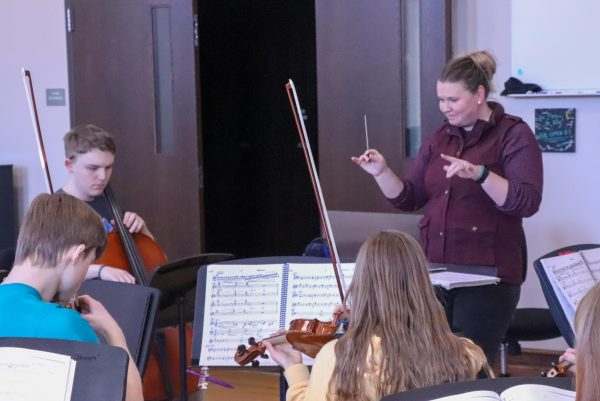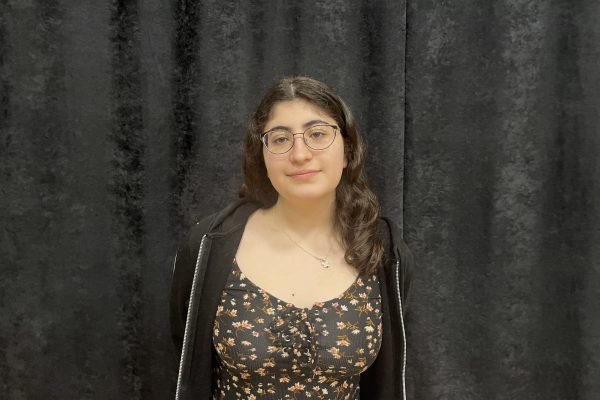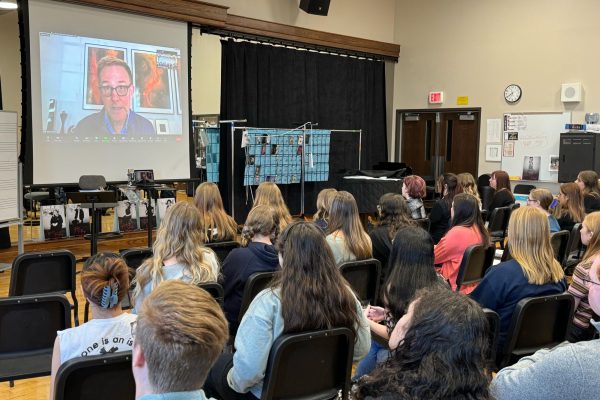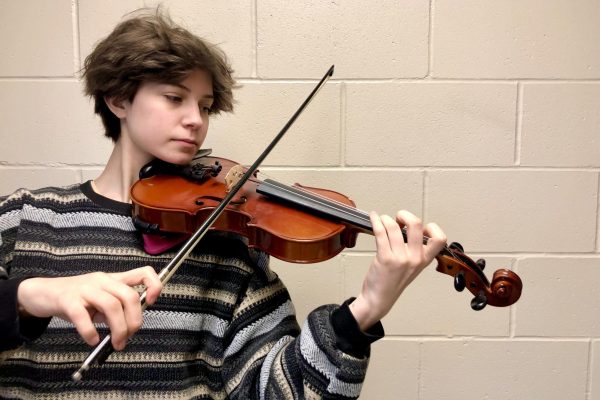The Progression of Jazz Combos
February 14, 2019
The horn section swings into an intense groove as the saxophone player readies himself to let loose an energetic, improvised solo. Aaron Ottmar, the Jazz Director, paces in front of the jazz combo, bobbing his head to the rhythm.
“I think that the main goal of ours is just to make people feel like they have the correct tools they need [to solo],” Ottmar said. “[I hope that] when the time comes and they have to solo in front of a crowd, they will know what they are doing.”
The jazz combos tend to have fewer students and a set ratio of instruments that differ from the normal composition of the big band jazz groups at City High. Ottmar also tried to include a mix of students from different bands.
“A combo is intended to be a smaller group, ranging anywhere from a trio [to] going on 10 or 12. I tried to switch it up so it wasn’t a hierarchy of combos,” Ottmar said. “I mixed students [who] play in different jazz bands so that they are playing with different people. I wanted to mix the grades too. I kept similar instrumentation between the combos as well, meaning I would have the same number of a certain instrument in each combo.”
With the combos comes a very different set of skills that they promote. The original intention of the combos is to help students gain confidence. Due to the reduced numbers, the students are able to hear themselves apart from the rest of the band when they play, as well as having more opportunities to play solos. A secondary goal with the combos is to help them understand how to play solos and improve their improvisational skills.
“I’d like for them to be more comfortable at improvisation as a whole, including their work in the big bands,” Ottmar said.
Prior to this year, the City High jazz program has only ever had unofficial jazz combos. Due to many opportunities that the students in the combos had last year, Ottmar decided to formally organize the combos.
“The jazz combos have always been around, but it has never really been formal. I really wanted to make it a formal thing because there are plenty of opportunities for combos to play,” Ottmar said. “I wanted to make another avenue for us to talk about jazz improv and soloing, particularly for those people who were interested in doing such a thing.”
Currently, the Jazz Combos have been focusing on different arrangements of music that are designed for smaller jazz bands. The music also continues to focus on the improvement of their solo and improv skills.
“There are arrangements just for combos and we have been working on them and preparing for a different performance–each combo has a different performance coming up,” Ottmar said. “In addition to that we have been talking about improv and soloing and what it is like to be in a smaller group instead of a big band.”
Ottmar’s main role in the dynamic of the jazz combos is to continue to guide and direct. He also makes most of the administrative choices for the combos, choosing which festivals and competitions that they will hold a performance. The biggest responsibility, however, is to teach about students in improv and soloing.
“I am directing all of the groups, but I would love it if they could get to a point where they could be self-led. I just give them some sort of direction and focus just like any other group,” Ottmar said. “I also help a lot with the soloing and improvisation. That is probably one of the least familiar thing[s] with any student in our jazz program because it is something that we don’t talk about a whole lot in the other types of bands.”
Despite being the main administrative force, Ottmar has allowed more power in the decision-making process to the students. So far, the students have been able to vote on the names of their jazz combos, as well as choose the songs that they are going to perform.
“I would say the students play a bigger administrative role for sure because Mr. Ottmar has included us in deciding what songs to play,” Nolan Vibhakar ‘21 said. “Which is very different compared to the jazz bands in which he has basically picked all the songs.”
Without any set expectations, Ottmar kept an open mind and focused more on the aspect of continuing the students’ musical careers. This has allowed him to be more flexible in his areas of focus, as he didn’t feel as if he had to reach a personal quota.
“I didn’t necessarily have any expectations for them. I just was wanting to have students to have more individual time and gearing towards one-on-one time to make it more comfortable with them,” Ottmar said. “I just want them to be able to recognize, especially in improv, how to understand what certain notes are good to use, what certain scales, and how good solos can be constructed, which is really [what] uses that creative part of your brain.”
Despite focusing most on what needs to be fixed or improved, Ottmar has, at times, also recognized the skills that the jazz combos have improved upon. He has noticed a great shift in the students’ comfort and confidence while playing in a small group. He believes that this change is the largest point of progress in the bands. To Ottmar, jazz bands are a great foundation to help improve these skills.
“I think just having the understand[ing] of just how to play in a smaller group [has improved],” Ottmar said. “I also think just having an interaction with each other, because a jazz band is a more constructive group, has helped with improvement.”
The students have also noticed an improvement in their work as the year has moved on. The combos have seen an improvement on their overall ability to improvise as well as orient them into looking ahead in their music careers.
“I think the combos have definitely improved from where we started and my goal is to become an even better player, especially when it comes to improvisation,” Vibhakar said. “I think the combos do a really good job of helping with what I’m really looking forward to just getting to play more music.”


